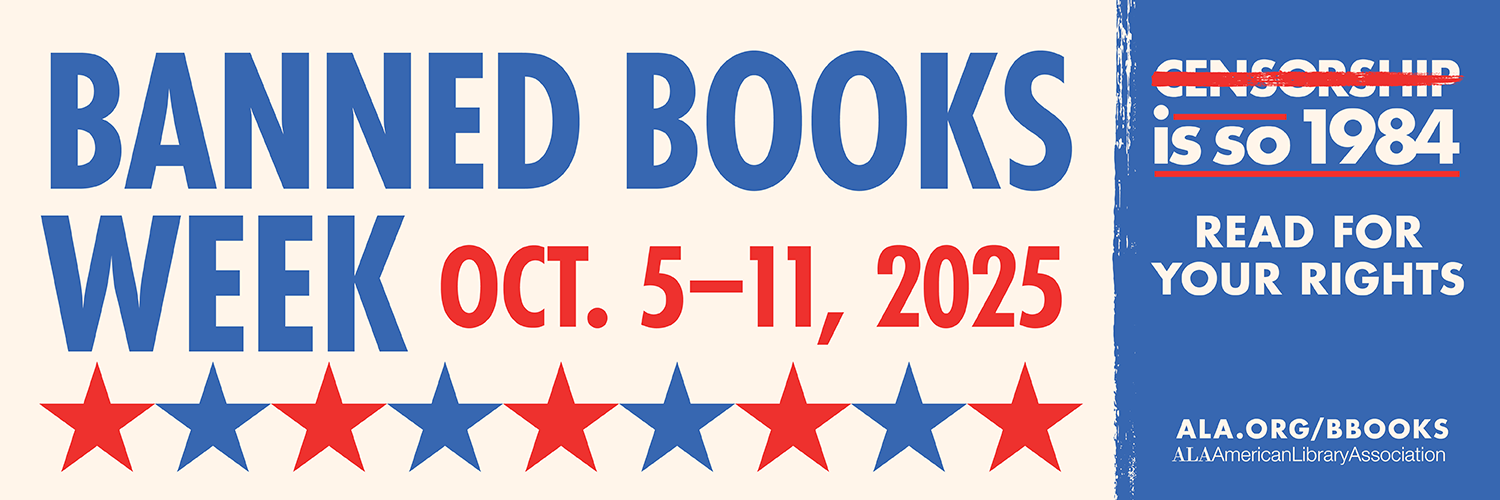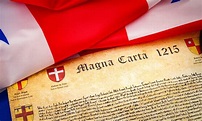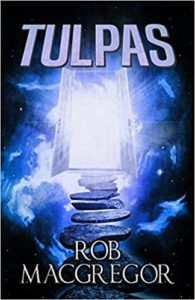
In 2015, after trump decided to run for president,Rob & I wrote a proposal for a non-fiction book on the Trickster, one of the Jungian archetypes, and it was about the orange man. The agent said it wouldn’t sell unless we were, you know, in the media. Or important enough.
We discuss the orange trickster quite a bit in Mind-Blowing Synchronicities. Here’s one of the mentions:
Parkland
On February 14, 2018, Nikolas Cruz, 19, shot 17 students and injured another 17 at Stoneman Douglas High School in Parkland, Florida. Cruz was an expelled former student. He was caught within an hour of the massacre. He pleaded guilty to 17 counts of murder and attempted murder in October of 2021.
He went to trial in October 2022, the trial took a month, and prosecutors called for the death penalty. His defense attorneys argued that he was mentally ill and the jury’s recommendation was life without parole. Cruz is now 24 years old.
The day after the shooting, Trump tweeted: So many signs that the Florida shooter was mentally disturbed, even expelled from school for bad and erratic behavior. Neighbors and classmates knew he was a big problem. Must always report such instances to authorities, again and again!
After these mass shootings, the pro-gun lobby and their elected collaborators in Congress always shift quickly away from the issue of guns and turn to mental illness. In this instance, Trump even blames the students for not taking action.
Meanwhile, Florida Senator Marco Rubio said on the Senate floor that it’s “unfair to blame Congress” for these shootings. He essentially said that the shootings would happen anyhow even if Congress finally passed some gun legislation. He’s right about that, especially because Congress would never pass any gun control measures with any teeth in them. They won’t even pass legislation to keep people on the government’s terrorist watch list from buying guns. They won’t pass universal background checks. And, they won’t even bring up a bill to keep guns out of the hands of people who are mentally ill. These actions are widely favored by Americans, but Congress won’t touch them because they fear retribution from gun makers, represented by the National Rifle Association.
So here’s the synchronicity: the day of the above tweet by Trump marked the one-year anniversary of his signing a bill into law that made it actually easier for mentally ill people to buy guns. Yet, In the tweet, he chastises the students for not doing anything. A shameful anniversary.
Interestingly, Trump signed that bill quietly and out of sight of the press. However, White House photographers say there are pictures of Trump signing it. CBS News made five requests for those pictures, but the Trump White House wouldn’t release them. At least they recognized that the truth would look bad, and the truth was that Trump made it easier for mentally ill people to carry out mayhem.
What wasn’t included in this piece: that a mentally ill president made it easier for the mentally ill too buy guns.















